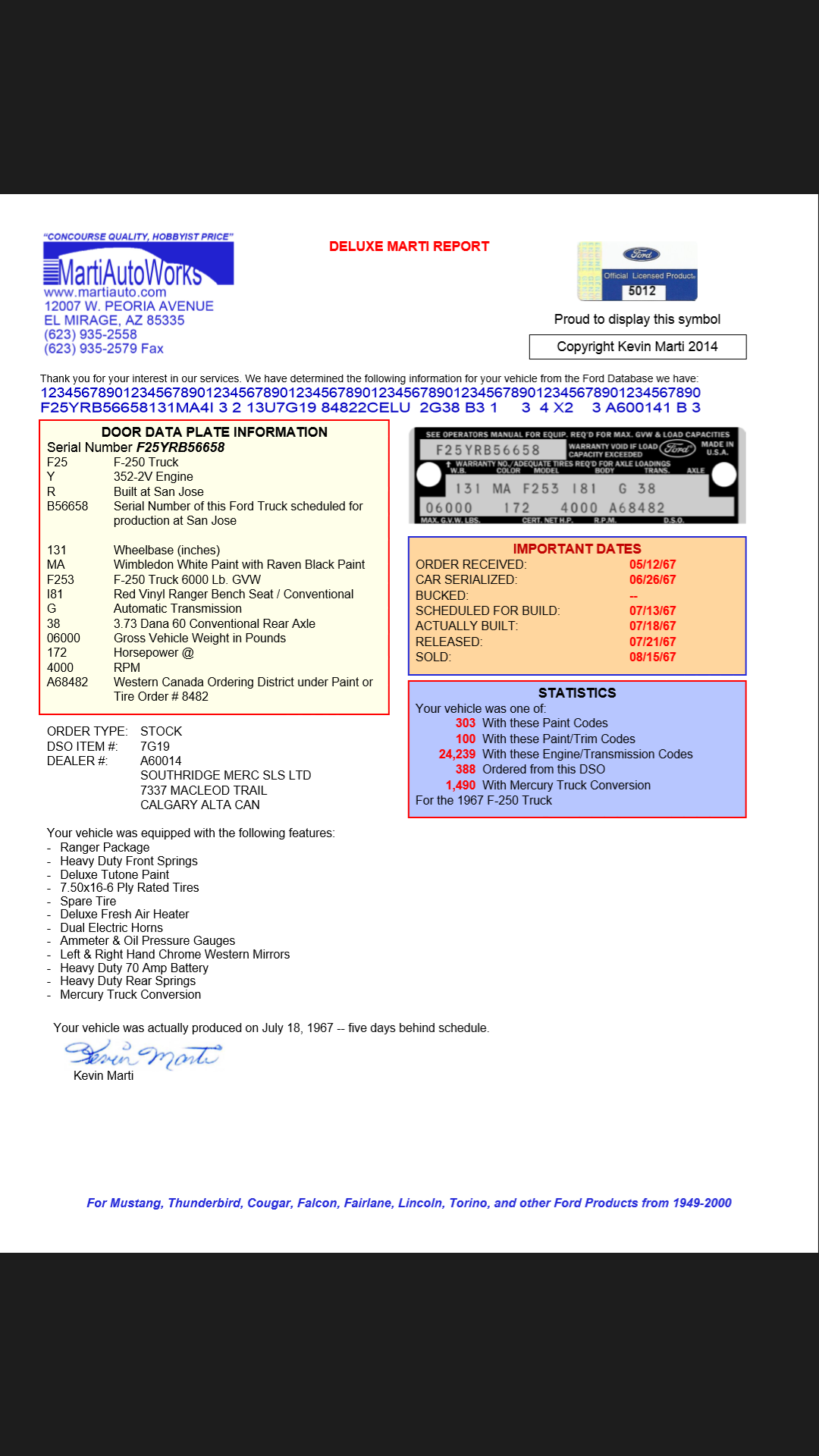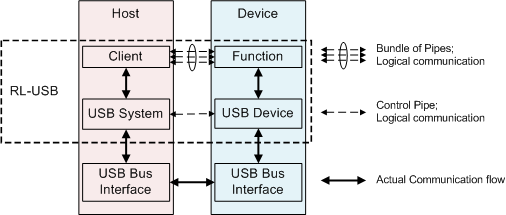Main Menu
Proton Basic Serial Interrupt Protocol
вторник 05 мая admin 15
Sep 28, 2017 LPC1768 UART Programming Tutorial. Posted By Umang Gajera Posted date. If you have RS232 to serial TTL module make sure it has MAX3232 =OR= if you are using FTDI’s FT232R based USB to serial TTL module make sure it is configured for 3.3v I/O. Used to determine that how many Rx FIFO characters must be written before an interrupt is.
This product is no longer available for sale. The Legendary BASIC Compiler for PIC® Microcontrollers PICBASIC Pro™ (PBP) is a world class BASIC compiler for rapid development of Microchip PIC microcontroller based projects. It is lightning fast and generates optimized, machine-ready code. It is intended to be a professional development tool, though its painless syntax also makes it a favorite among hobbyists and institutions of learning.
1 - Proton Compiler Manual - Ebook. Written for Proton BASIC. As soon as the protocol details have been finalised. Both user code and eeprom data are.
Depending on your location and/or product, and to the extent your product has been sourced from the distribution channel authorized by APC to sell into your country/zone (“APC Distribution Channel”), you can have a factory warranty ranging from one to three years. 
PBP Gold Edition supports more than 500 MCUs in the following device families: PIC10, PIC12, PIC16, PIC18 MCUs. Technical Details PBP generates Assembly language that consists of hand-tuned macros and library routines. This laborious approach in development makes for extreme efficiency in handling operations with a variety of variable types. Each math and comparison operation is generated according to the specific variable types that are used as inputs and output.
High-level commands are included as library routines that are reused to minimize code space consumption, and these routines are tuned based on the device's memory characteristics and selected oscillator frequency. The code that PBP generates is efficient and optimized. Execution speed rivals that of any C compiler (for PIC® MCUs) on the market.
You don't have to compromise product performance in order to save time in development. You can have both.
- Jun 16, 2005 - grams written for PROTON BASIC, or download sample programs. Opment board that supports RS232 serial communication in order to use the loader. C protocol to be ex- ploited, as each operation may be broken down into its constituent parts. It is advisable to refer to the datasheet of the device.
- Serial pic basic - Pic to pic UART Communication Multiple Datas - BASIC Stamp 2 Programmer - PIC16f877a serial communication code - CP2102 vs PL-2303 vs. Scope/logic analyzer (you can make logic analyzer out of some microcontroller as I2C is a rather low speed protocol and can be streamed to pc via serial link).
PBP does not use a software stack. This speeds execution of subroutine calls and limits PBP programming to a single, global namespace. All variables are globally accessible and care should be taken not to 'step on' critical values in subroutines and interrupt handlers. PBP uses the hardware stack for GOSUB and interrupts. The depth of the stack imposes limits on nested subroutines. Unless specifically noted, PBP commands don't consume internal resources like timer modules. Our timed pauses are software-based and none of our loop structures touch the hardware stack.

The peripheral modules are free for the developer to use when needed. Each supported device is mapped thoroughly in the PBP device files. PBP handles all RAM-bank and code-page switching, inserting code only when needed for the target device. All internal registers are known to PBP by name.
This allows Direct Register Access with BASIC statements like 'T1CON = 0', without the requirement of pre-defining the location of the register. PBP includes a purpose-built IDE called MicroCode Studio, but many prefer to work in the well-known MPLAB IDE from Microchip.
We include a language tool plugin for MPLAB IDE to allow seamless development using Microchip's development tools. Debugging in this environment can be switched from Source to Assembly level for full access to the generated code. The Legendary BASIC Compiler for PIC® Microcontrollers PICBASIC Pro™ (PBP) is a world class BASIC compiler for rapid development of Microchip PIC microcontroller based projects. It is lightning fast and generates optimized, machine-ready code. It is intended to be a professional development tool, though its painless syntax also makes it a favorite among hobbyists and institutions of learning.
PBP Gold Edition supports more than 500 MCUs in the following device families: PIC10, PIC12, PIC16, PIC18 MCUs. Technical Details PBP generates Assembly language that consists of hand-tuned macros and library routines.
This laborious approach in development makes for extreme efficiency in handling operations with a variety of variable types. Each math and comparison operation is generated according to the specific variable types that are used as inputs and output. High-level commands are included as library routines that are reused to minimize code space consumption, and these routines are tuned based on the device's memory characteristics and selected oscillator frequency. The code that PBP generates is efficient and optimized.
Execution speed rivals that of any C compiler (for PIC® MCUs) on the market. You don't have to compromise product performance in order to save time in development. You can have both. PBP does not use a software stack. This speeds execution of subroutine calls and limits PBP programming to a single, global namespace.
Liberty Basic Serial
All variables are globally accessible and care should be taken not to 'step on' critical values in subroutines and interrupt handlers. PBP uses the hardware stack for GOSUB and interrupts.
Visual Basic Serial Key Generator
The depth of the stack imposes limits on nested subroutines. Unless specifically noted, PBP commands don't consume internal resources like timer modules. Our timed pauses are software-based and none of our loop structures touch the hardware stack. The peripheral modules are free for the developer to use when needed. Each supported device is mapped thoroughly in the PBP device files. PBP handles all RAM-bank and code-page switching, inserting code only when needed for the target device. All internal registers are known to PBP by name.
Serial Interface Protocols
This allows Direct Register Access with BASIC statements like 'T1CON = 0', without the requirement of pre-defining the location of the register.
